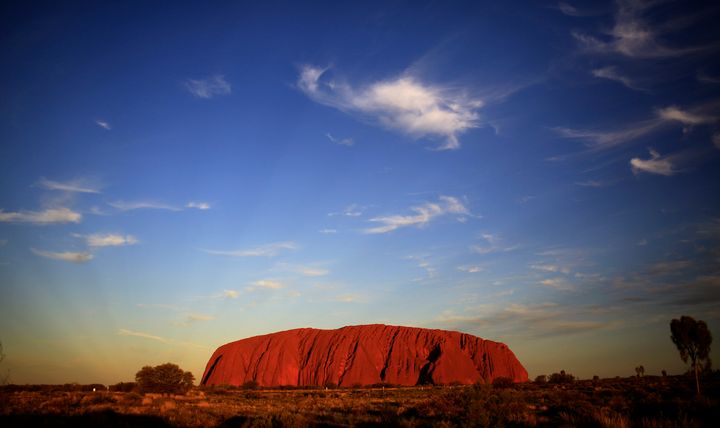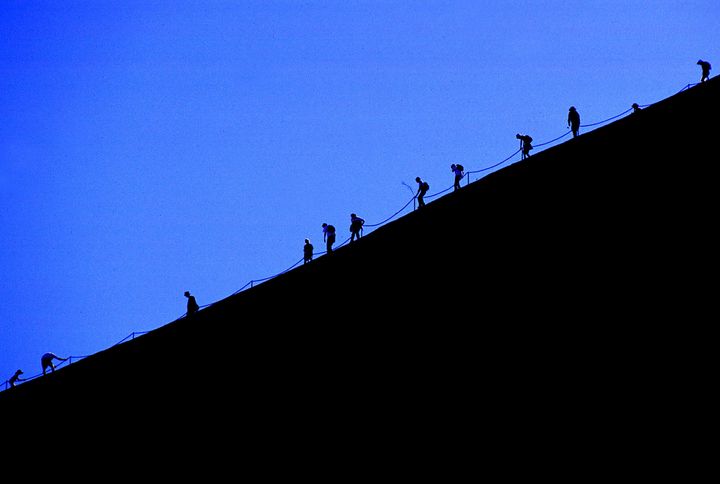Australia’s world-famous Uluru, formerly known as Ayers Rock, will be closed to climbers from 2019, ending a decades-long campaign by Aborigines to protect their sacred monolith in the Northern Territory.
A board of eight traditional owners and four government officials voted unanimously on Wednesday to close the rock to climbers, more than 30 years after the request was first made.
Director of National Parks Sally Barnes said the decision is “of huge significance to Anangu”.
“This is a significant moment for all Australians and marks a new chapter in our history. It clearly says we put country and culture first when managing this place for all Australians and our visitors from around the world.”

The UNESCO World Heritage-listed 348-metre (1,142 ft) rock, known for its shifting red-ochre colors, is a top tourist drawcard, attracting around 300,000 visitors each year, despite its remote desert location near Alice Springs.
The traditional owners of Uluru, the Anangu people, have called for the climb to be closed since 1985, when the park was placed in indigenous hands.
The rock’s board said in a report in 2010 that they would close the attraction to climbers if the proportion of visitors who tried to climb it dropped below 20 percent.
They took the matter to a vote on Wednesday after data showed the number of climbers had fallen below that threshold, from about three quarters throughout the 1990s to just 16.2 percent between 2011 and 2015.
The ban will take effect on 26 October 2019, exactly 34 years after Uluru was handed back to its traditional owners.
Traditional owner and park chairman, Sammy Wilson, said the decision should be “celebrated” by all Australians.
“This decision is for both Anangu and non-Anangu together to feel proud about; to realise, of course it’s the right thing to close it,” he said in a statement.
“The land has law and culture. We welcome tourists here. Closing the climb is not something to feel upset about but a cause for celebration. Let’s come together; let’s close it together.”

According to an agreement with the tourism industry, at least 18 months’ notice had to be given to close the climb.
Wilson told Wednesday’s board meeting that the rock was “not a theme park like Disneyland” and it was time for climbing to be banned.
The Anangu people had long felt that they had “a gun put to their heads” to keep Uluru open, Wilson told the board.
“Please don’t hold us to ransom,” he said, according to Fairfax Media.
Australians are still the most common visitors to climb the rock, followed by the Japanese, according to Parks Australia.
The climb is closed about 77 percent of the time due to dangerous weather or cultural reasons.
There have been 36 confirmed fatalities at Uluru since records were first kept in the 1950s, with the most recent in 2010.
